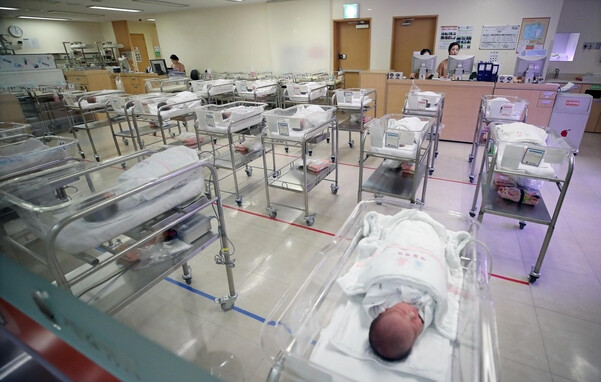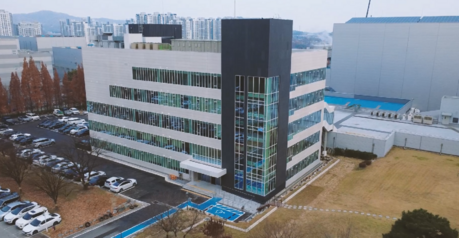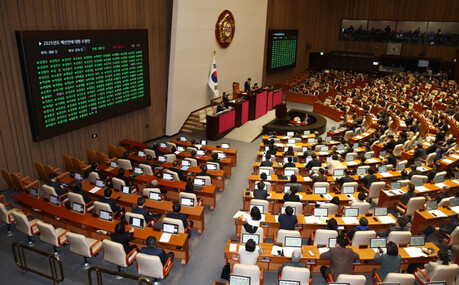
Last year, the Chungcheong area showed positive demographic trends, with an increase in the number of births in Daejeon, Sejong, and South Chungcheong Province, and a rise in the total fertility rate. However, North Chungcheong Province did not join the national rebound trend, with a slight decrease in the number of births.
According to the '2024 Population Trend Survey Birth and Death Statistics' released by Statistics Korea, Daejeon had 7,257 births in 2024, an increase of about 60 from the previous year, while Sejong had 2,900 births, an increase of about 150, and South Chungcheong Province had 9,861 births, an increase of 425. On the other hand, North Chungcheong Province had 7,541 births, a decrease of 39.
Nationally, the number of births last year was 238,000, showing an increase for the first time in nine years. This is analyzed as a result of a combination of factors such as an increase in the population of women in their early 30s, an increase in marriages delayed due to COVID-19, and a change in positive perceptions of marriage and children.
The rise in the total fertility rate in the Chungcheong area is also noteworthy. Sejong recorded the highest total fertility rate in the country with 1.03 children per woman, while South and North Chungcheong Provinces were tied for 5th place with 0.88, and Daejeon ranked 11th with 0.79.
However, the increase in the number of births and the rise in the total fertility rate in the Chungcheong area are in line with the national rebound trend, and are still lower than the OECD member average.
[Copyright (c) Global Economic Times. All Rights Reserved.]






























